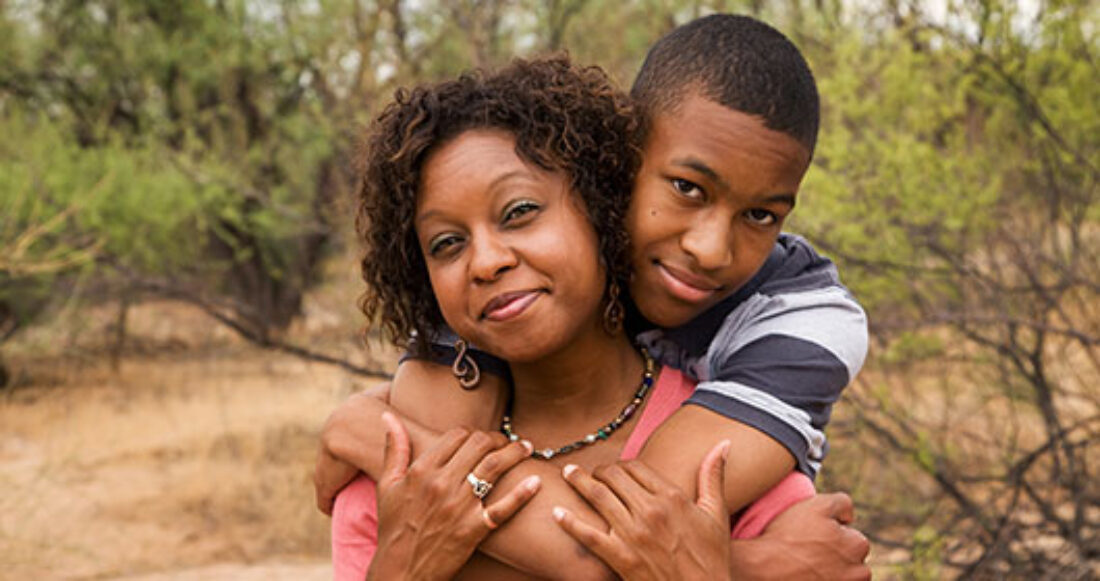New Guidelines Show How To Replace Youth Prisons With Community Services

The National Collaboration for Youth is offering new guidance on closing youth prisons. Beyond Bars: Keeping Young People Safe at Home and Out of Youth Prisons offers a framework for juvenile justice administrators, legislators, judges, nonprofit organizations and youth advocates to dramatically reduce the practice of youth incarceration, promote public safety and restore a sense of belonging for young people in their homes and neighborhoods.
Beyond Bars advocates for transforming our approach by expanding community capacity and resources. The report offers an organizing tool for jurisdictions interested in developing community-based continuums of care for young people at every point in the justice system, from alternatives to arrests to alternatives to out-of-home placements. The lack of full services in communities is often used as justification to incarcerate or place young people in youth prisons or other out-of-home settings, even when it would not otherwise be necessary.
Read the report and learn more
“Beyond Bars offers a playbook that juvenile justice professionals and advocates have called for so often,” says Nate Balis, director of the Annie E. Casey Foundation’s Juvenile Justice Strategy Group. “It suggests community-based alternatives to incarceration that hold kids accountable, but also provide them with resources necessary to support their growth and give them a second chance and new opportunity.”
The report, funded by the Casey Foundation, builds on a call to action made by Foundation President and CEO Patrick McCarthy in June 2015 when he challenged states across the country to close their youth prisons. McCarthy urged states to improve their existing systems by expanding community-based and family-centered programs proven to help kids who have the most serious problems.
“The youth prison model is past its expiration date,” writes Shaena Fazal, the national policy director for Youth Advocate Programs, Inc. and the report’s author. “This report is meant to persuade people that communities, when properly resourced, can care for young people — even those involved in the justice system and with complex needs — without resorting to removing young people from families.”
Core components of a continuum of care described in the report relate to education — including credit recovery, remediation and gifted learning — as well as safe places for young people to gather and engage in recreation; respite and support for families with complex needs; economic opportunity; volunteer and paid mentoring; and interventions for substance abuse, gang involvement and crises. To bring these components together, a community-based continuum needs a mechanism such as wraparound planning to assess the needs and build a service plan for each young person that has a good chance of working.
The report profiles two counties that are shifting funds towards community-based resources and services. The examples of Lucas County, Ohio and Tarrant County, Texas — home to Toledo and Fort Worth, respectively — are illustrative because they use different funding approaches to reach the same goal of reducing their youth incarceration and growing their community resources.
Deborah Hodges, Lucas County juvenile court administrator, acknowledges in the report that this takes hard work. “Detention and youth prison will always be the default,” she says. “So if we don’t have alternatives, and a full continuum even for our toughest kids, they are going to be locked up.”





